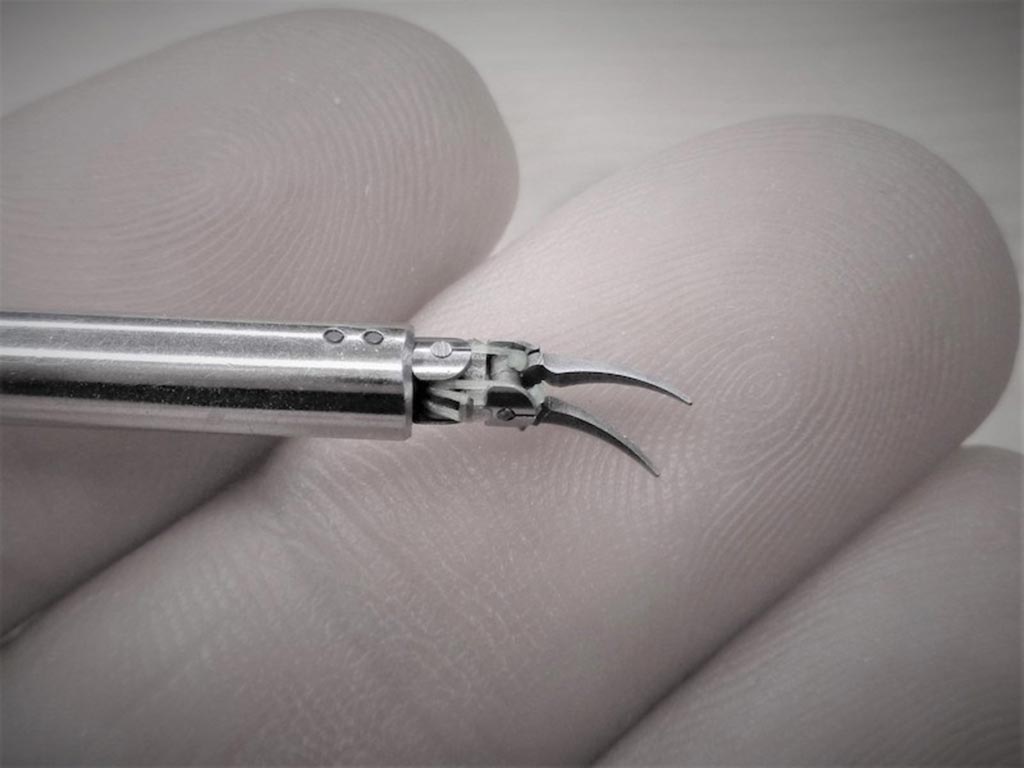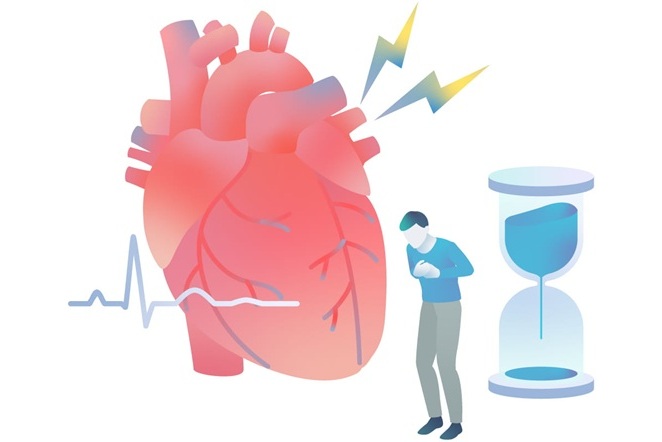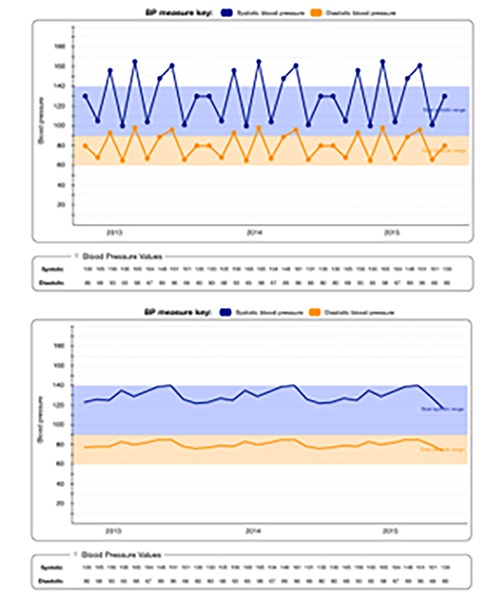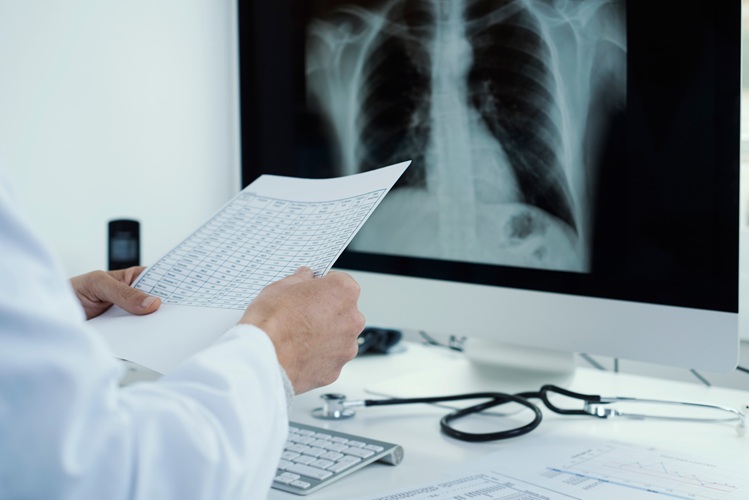Microrobotic Instruments Expand Surgical Intervention Portfolio
|
By HospiMedica International staff writers Posted on 10 Jan 2018 |

Image: Miniature robotic instruments open new frontiers in robotic surgery (Photo courtesy of MMI).
A robotic platform specifically designed for open microsurgery can potentially offer improved surgical success rates and patient outcomes.
The Medical Microinstruments (MMI; Calci, Italy) wristed micro-surgical instruments are equipped with a miniature articulated wrist with a three-millimeter outer diameter and grasping tips just 150 micron in width. The surgeon operates the two microinstruments while looking through an operating microscope as the robotic platform captures the surgeon’s hand movements, imposing an identical, scaled-down motion on the robotic microsurgical instruments, allowing easy manipulation of small sutures ranging from 9-0 to 12-0 in size.
The microsurgical instruments are manufacture using advanced materials and novel microfabrication processes, resulting in tools that allow the motions of the human hand to be scaled down by almost 20-fold, while still maintaining the dexterity of the natural movement of the human wrist, and at the same time reducing the inherent motion tremor by robotic control. The robotic microinstruments can thus enable such delicate procedures as submillimeter arterial anastomosis and lymph reconstruction.
“We have developed this groundbreaking technology together with microsurgeons from the product’s conception, and the positive feedback and response that we’ve received along the way has really been overwhelming and led us to believe that we are on the right track in developing a robot by and for microsurgeons,” said Hannah Teichmann, co-founder and clinical VP of Medical Microinstruments.
“In my opinion, the MMI robotic platform will push the frontier of microsurgery forward and beyond the capabilities of the human hand, thus allowing more surgeons to perform more complex procedures, but also enabling supermicrosurgery, such as lymph reconstruction, for the more expert ones,” said MMI clinical advisor Professor Marco Innocenti, MD, chief of plastic and reconstructive microsurgery at Careggi University Hospital (Florence, Italy). Professor Innocenti recently presented preclinical work with MMI’s robot at the 2017 World Society for Reconstructive Microsurgery annual congress.
Related Links:
Medical Microinstruments
The Medical Microinstruments (MMI; Calci, Italy) wristed micro-surgical instruments are equipped with a miniature articulated wrist with a three-millimeter outer diameter and grasping tips just 150 micron in width. The surgeon operates the two microinstruments while looking through an operating microscope as the robotic platform captures the surgeon’s hand movements, imposing an identical, scaled-down motion on the robotic microsurgical instruments, allowing easy manipulation of small sutures ranging from 9-0 to 12-0 in size.
The microsurgical instruments are manufacture using advanced materials and novel microfabrication processes, resulting in tools that allow the motions of the human hand to be scaled down by almost 20-fold, while still maintaining the dexterity of the natural movement of the human wrist, and at the same time reducing the inherent motion tremor by robotic control. The robotic microinstruments can thus enable such delicate procedures as submillimeter arterial anastomosis and lymph reconstruction.
“We have developed this groundbreaking technology together with microsurgeons from the product’s conception, and the positive feedback and response that we’ve received along the way has really been overwhelming and led us to believe that we are on the right track in developing a robot by and for microsurgeons,” said Hannah Teichmann, co-founder and clinical VP of Medical Microinstruments.
“In my opinion, the MMI robotic platform will push the frontier of microsurgery forward and beyond the capabilities of the human hand, thus allowing more surgeons to perform more complex procedures, but also enabling supermicrosurgery, such as lymph reconstruction, for the more expert ones,” said MMI clinical advisor Professor Marco Innocenti, MD, chief of plastic and reconstructive microsurgery at Careggi University Hospital (Florence, Italy). Professor Innocenti recently presented preclinical work with MMI’s robot at the 2017 World Society for Reconstructive Microsurgery annual congress.
Related Links:
Medical Microinstruments
Latest Surgical Techniques News
- DNA Origami Improves Imaging of Dense Pancreatic Tissue for Cancer Detection and Treatment
- Pioneering Sutureless Coronary Bypass Technology to Eliminate Open-Chest Procedures
- Intravascular Imaging for Guiding Stent Implantation Ensures Safer Stenting Procedures
- World's First AI Surgical Guidance Platform Allows Surgeons to Measure Success in Real-Time
- AI-Generated Synthetic Scarred Hearts Aid Atrial Fibrillation Treatment
- New Class of Bioadhesives to Connect Human Tissues to Long-Term Medical Implants
- New Transcatheter Valve Found Safe and Effective for Treating Aortic Regurgitation
- Minimally Invasive Valve Repair Reduces Hospitalizations in Severe Tricuspid Regurgitation Patients
- Tiny Robotic Tools Powered by Magnetic Fields to Enable Minimally Invasive Brain Surgery
- Magnetic Tweezers Make Robotic Surgery Safer and More Precise
- AI-Powered Surgical Planning Tool Improves Pre-Op Planning
- Novel Sensing System Restores Missing Sense of Touch in Minimally Invasive Surgery
- Headset-Based AR Navigation System Improves EVD Placement
- Higher Electrode Density Improves Epilepsy Surgery by Pinpointing Where Seizures Begin
- Open-Source Tool Optimizes Placement of Visual Brain Implants
- Easy-To-Apply Gel Could Prevent Formation of Post-Surgical Abdominal Adhesions
Channels
Critical Care
view channel
Breakthrough AI Technology Accurately Assesses Heart Failure Severity
Heart failure (HF) is a complex condition where the heart cannot effectively pump blood to meet the body’s needs due to underlying medical issues. It is marked by recurring episodes and frequent hospitalizations.... Read more
New Approach to Visualizing Blood Pressure Data Can Help Better Manage Hypertension Patients
Sometimes, a patient’s blood pressure may be elevated in a doctor's office but normal at home, a phenomenon known as white coat hypertension. It is estimated that 10% to 20% of high blood pressure diagnoses... Read morePatient Care
view channel
Portable Biosensor Platform to Reduce Hospital-Acquired Infections
Approximately 4 million patients in the European Union acquire healthcare-associated infections (HAIs) or nosocomial infections each year, with around 37,000 deaths directly resulting from these infections,... Read moreFirst-Of-Its-Kind Portable Germicidal Light Technology Disinfects High-Touch Clinical Surfaces in Seconds
Reducing healthcare-acquired infections (HAIs) remains a pressing issue within global healthcare systems. In the United States alone, 1.7 million patients contract HAIs annually, leading to approximately... Read more
Surgical Capacity Optimization Solution Helps Hospitals Boost OR Utilization
An innovative solution has the capability to transform surgical capacity utilization by targeting the root cause of surgical block time inefficiencies. Fujitsu Limited’s (Tokyo, Japan) Surgical Capacity... Read more
Game-Changing Innovation in Surgical Instrument Sterilization Significantly Improves OR Throughput
A groundbreaking innovation enables hospitals to significantly improve instrument processing time and throughput in operating rooms (ORs) and sterile processing departments. Turbett Surgical, Inc.... Read moreHealth IT
view channel
Printable Molecule-Selective Nanoparticles Enable Mass Production of Wearable Biosensors
The future of medicine is likely to focus on the personalization of healthcare—understanding exactly what an individual requires and delivering the appropriate combination of nutrients, metabolites, and... Read more
Smartwatches Could Detect Congestive Heart Failure
Diagnosing congestive heart failure (CHF) typically requires expensive and time-consuming imaging techniques like echocardiography, also known as cardiac ultrasound. Previously, detecting CHF by analyzing... Read moreBusiness
view channel
Expanded Collaboration to Transform OR Technology Through AI and Automation
The expansion of an existing collaboration between three leading companies aims to develop artificial intelligence (AI)-driven solutions for smart operating rooms with sophisticated monitoring and automation.... Read more

















